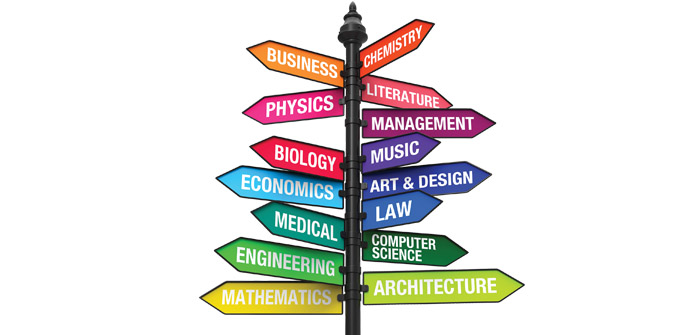How does one go about marketing a service—a pet boarding and grooming service, for example? The challenges associated with marketing a service-based business are quite different from the challenges associated with marketing a product-based business. Service businesses have unique characteristics that should be explored and understood when developing a marketing plan and competitive strategy. The four key characteristics of service businesses are: Intangibility, Inseparability, Perishability, and Variability. Let’s take a closer look at each of these qualities so you can apply them to your service business. I will also provide some tips for dealing with the challenges inherent in each characteristic.
1) Intangibility. When you buy a car, you can see it, feel it, and even test it prior to purchase. In other words, products have tangible qualities that provide information to consumers so they can easily compare one product to another. Services, on the other hand, are intangible. Most services cannot be experienced or consumed until the purchase is made. Customers can easily end up feeling like they have to make a purchasing decision without adequate information.
What is the answer to this challenge? Communicate, communicate, communicate. Communication can come from a variety of sources. The use of customer testimonials and referrals is an excellent way to reduce the level of intangibility for your service. Additionally, you can increase customers’ comfort level by explaining your service in as much detail as possible. If you provide your services at one location (e.g. a doggy daycare) you might consider allowing customer preview visits. Here is a tip: a well-designed brochure or website can provide information to customers before they talk to you, improving your overall efficiency and increasing your chances of securing new business.
2) Inseparability. To continue using the automobile analogy, cars are produced at one location, sold at another, and used at yet another location. Services are unique because they are usually provided and consumed at the same time in the same location (e.g. a haircut or car tune-up). Because of the characteristic of inseparability, customers have strong expectations about how a service will be provided, which can lead to disappointment if their expectations are not met.
A solid customer service process is the key to managing this challenge effectively. How do you ensure customer satisfaction? How do you deal with unhappy customers? If you don’t know the level of your customers’ satisfaction with your service, ask them!
3) Perishability. If a car does not sell today, it can be stored and sold the following day or at some other time in the future. Services, on the other hand, are often perishable, meaning that unused capacity cannot be stored for future use or sale. For example, a restaurant might be full one night and half empty the next. If the restaurant runs with an inflexible staffing model, expenses are the same each night. However, the revenue picture is quite different, which impacts profits. The same is true for Mt. Bachelor – every empty seat on the chairlift is lost revenue.
This challenge can be overcome by carefully managing supply and demand. A restaurant might operate with fewer staff during the week and hire additional staff to cover weekends when demand is higher. This strategy will allow the restaurant to provide the same level of customer service with varying customer demand—and improve productivity. Does your business have peak periods? What can you do to control supply and demand? Tip: Use pricing strategies and promotions to stimulate demand for your service.
4) Variability. Once you have decided to buy a Honda Accord, you know that there will be no variation in the quality of the Accord from one Honda dealer to another. Manufactured goods tend to have automated processes and quality assurance procedures that result in a consistent product. However, the quality of a service can vary by many factors, including who provides it, where it is provided, when it is provided, and how it is provided. The more your business relies on humans to provide services (instead of automation), the more susceptible you are to variability.
How can you manage this challenge? Establishing standard procedures (or checklists) can ensure consistent service delivery. If you have employees, training is essential. Can technology improve an aspect of your business? One obvious example of technology’s impact is illustrated by ATMs reducing bank teller service variability for customers. Don’t forget the “little things” like invoicing and newsletters. Any time you have a “customer touch” you have an opportunity to demonstrate consistency and professionalism, which will translate into your customer’s perception that your service is consistent in quality.
Now put a few of these characteristics together to improve your competitive position. In order to be successful, a small service business must not only attract new customers, but it must also develop long-term relationships with existing customers. Take advantage of the opportunities offered by the characteristics of “inseparability” and “variability” to build trust and satisfy your customers—and earn their loyalty and referrals.
As you explore the unique characteristics of your service business, do not become overwhelmed by the challenges they present. “Challenges” are simply disguised opportunities. Now that you have this information, turn one or more of these service characteristics into a competitive advantage for your business.
Margaret M. Martin is an assistant professor of business at Central Oregon Community College. She can be contacted by email at mmmartin@cocc.edu or 383-7769.





